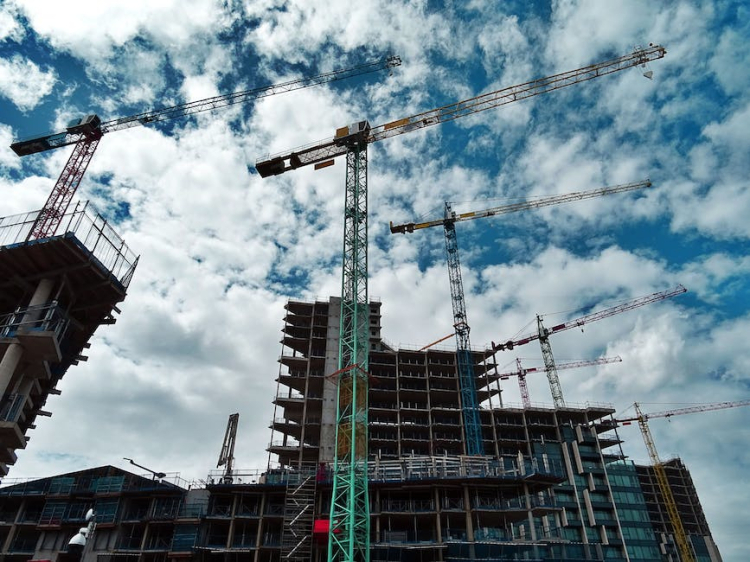They form part of a broader category of fall protection measures, which also include fall prevention (e.g., guardrails and safety nets) and fall restraint systems. However, fall arrest systems are unique as they activate in response to a fall, employing a combination of mechanical and body-worn components to halt the fall and suspend the user safely until rescue can be effected. Their implementation is governed by strict standards and regulations, underscoring their importance in protecting workers' lives.
Types of Fall Arrest Systems
Fall arrest systems can be categorized into several types, each tailored to specific applications and work environments. The most common types include:
- Body Harnesses: The cornerstone of any fall arrest system, body harnesses distribute the forces endured during a fall across the body, significantly reducing the risk of injury. They are designed with multiple adjustment points to ensure a snug and secure fit, which is crucial for effective fall protection.
- Lanyards: Lanyards are flexible lines used to connect the body harness to an anchor point or lifeline. They come in various types, including shock-absorbing lanyards, which are designed to gradually decelerate the fall, minimizing the impact forces on the body.
- Lifelines: Lifelines can be horizontal or vertical and serve as a means for workers to secure themselves over a greater area of movement. Horizontal lifelines allow lateral movement across a surface, while vertical lifelines are used for ascending or descending actions, such as on ladders or towers.
- Retractable Lifelines: Also known as self-retracting lanyards, these devices automatically adjust their length as the user moves, reducing slack and ensuring optimal protection. In the event of a fall, the mechanism locks, arresting the fall quickly and with minimal distance.
- Anchor Points: Critical to the system, anchor points are secure locations where lanyards or lifelines are attached. Their strength and reliability are paramount, as they must withstand the forces exerted during a fall arrest.
Each type of fall arrest system is designed with specific scenarios in mind, and the selection of the appropriate system depends on the nature of the work, the environment, and the specific hazards present.
Moving forward, let's delve into the key components and functionality of these systems.
Key Components and Functionality
The effectiveness of fall arrest systems hinges on their key components working in unison to protect the user. These include:
- Anchor Points: The foundation of any fall arrest system, anchor points must be securely fixed to a structure that can support significant forces, typically at least 5,000 pounds per worker attached. They can be permanent or temporary, depending on the nature of the work.
- Connectors: These elements, such as carabiners and snap hooks, link the body harness to the lanyard or lifeline. Made from high-strength materials, connectors must have a locking mechanism to prevent accidental disengagement.
- Body Harnesses: Designed to distribute the forces experienced during a fall across the body, minimizing the risk of injury. Safety harnesses should fit snugly and be adjusted according to the user’s size to ensure effectiveness.
- Lanyards and Lifelines: Acting as the link between the harness and the anchor point, these components can vary in length and flexibility. Shock-absorbing lanyards and retractable lifelines are especially effective in reducing the forces exerted on the worker during a fall.
The functionality of fall arrest systems is predicated on the proper integration of these components. Once a fall occurs, the system must be able to deploy swiftly to arrest the fall within a short distance, minimizing the impact on the worker. This rapid deployment is crucial for preventing serious injuries or fatalities.
Standards and Regulations
Fall arrest systems are regulated by stringent standards to ensure their reliability and effectiveness in protecting workers. In the United States, the Occupational Safety and Health Administration (OSHA) sets forth specific requirements for fall protection in 29 CFR 1926.501 for construction and 29 CFR 1910.66 for general industry. These regulations mandate the use of fall arrest systems where workers are exposed to fall hazards of six feet or more in construction and four feet in general industry.
Additionally, the American National Standards Institute (ANSI) and the American Society of Safety Professionals (ASSP) provide guidelines under the ANSI/ASSP Z359 series, which cover the comprehensive management of fall protection, including system requirements, testing, and maintenance.
Compliance with these standards is crucial not only for legal adherence but also for ensuring the highest level of safety for workers. Regular inspection, maintenance, and training are also mandated to maintain the integrity and effectiveness of fall arrest systems over time.
Implementation Challenges and Solutions
Implementing fall arrest systems comes with its set of challenges, ranging from identifying suitable anchor points to ensuring worker compliance with safety protocols. One major challenge is the variability of worksites, which may not always have readily available or obvious anchor points. Solutions include the use of mobile anchor points or the engineering of permanent anchor systems in the planning phase of construction projects.
Another challenge is ensuring that workers are properly trained on how to use fall arrest systems correctly. This requires comprehensive training programs that not only cover the use of the equipment but also the recognition of fall hazards and the importance of regular equipment inspection.
Finally, the maintenance of fall arrest equipment can be overlooked, leading to potential failures. Instituting regular inspection protocols and immediate removal of damaged equipment from service are key solutions to this challenge.
Future Trends and Innovations
The future of fall arrest systems is geared towards technological integration and materials innovation, aiming to enhance safety and usability. Innovations include the development of lighter, more durable materials for harnesses and lanyards, improving comfort without compromising safety. Additionally, smart technology is being integrated into fall arrest systems, with sensors that can detect falls in real-time and alert supervisors or emergency services. Another emerging trend is the use of augmented reality (AR) for training, allowing workers to simulate working at heights in a controlled environment, improving their preparedness for real-world scenarios.

